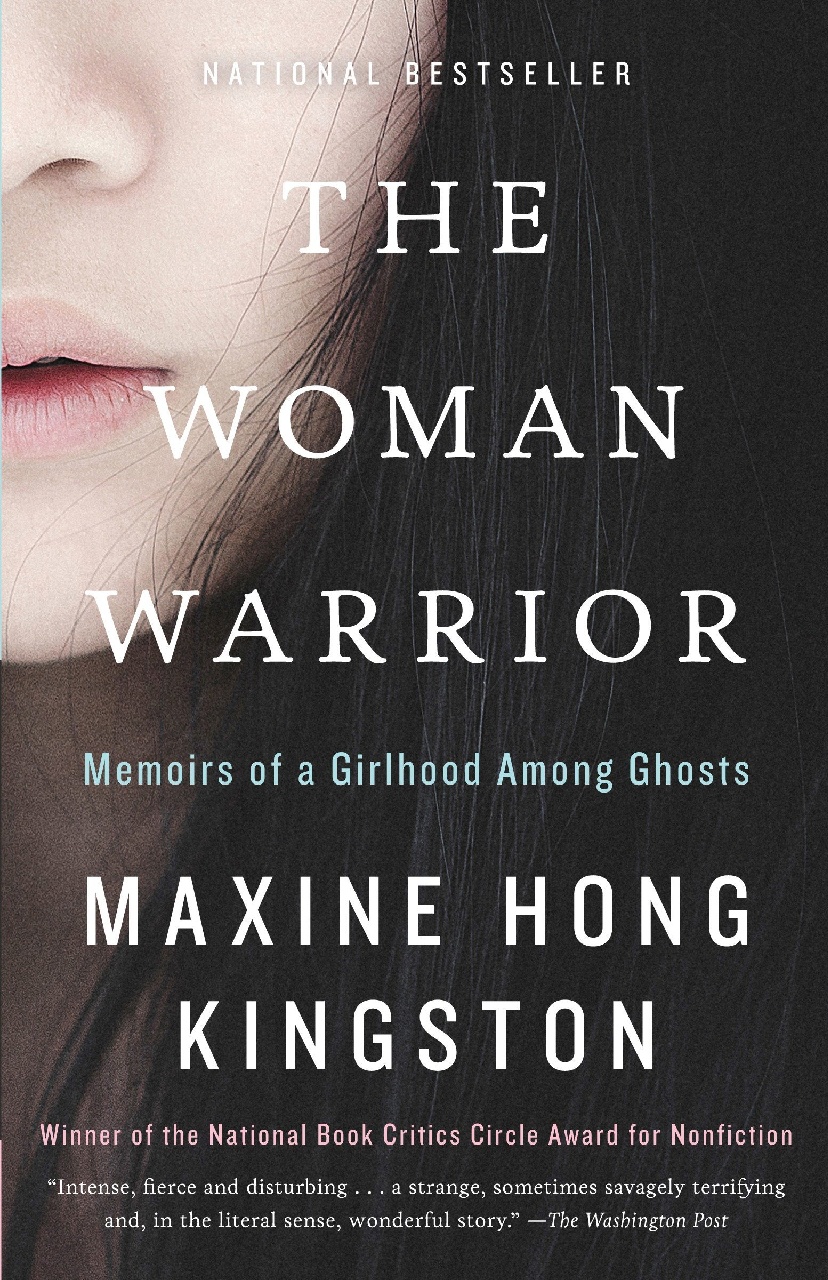

With each return of the dragon, another New Year’s tradition is explained, until finally she defeats the dragon for good. She tells everyone to wear red and light lanterns.

A few days later it returns, and she discovers that it is afraid of fire and the color red. She tells the villagers to bang on pans and light firecrackers, scaring the monster off.

The next day, clever Mei discovers that the dragon is afraid of loud noises.

But each spring, the spell’s strength weakens and Nian awakes to fill his empty stomach-he especially likes eating boys and girls! One night, little Mei dreams of the magical warrior, who charges her with defeating the monster. In Loh-Hagan’s account, a fierce dragon named Nian ruled the land until a magical warrior’s spell forced him underground. The strong, supple prose on display in all three novels, the intelligence of the plotting, and the skillfully-varied pacing make this a standout trilogy – highly recommended.This retelling of a Chinese legend explains why people light firecrackers, wear red, and give food offerings to celebrate Chinese New Year. Moving smoothly through the course of her three novels, Wilson lets us follow Tamras from impulsive childhood to confident young womanhood, and she so expertly fleshes out the world and the people around her main characters that the effect is immersive. In Wilson’s imagining, Tamras’ society is a prehistoric matriarchy in which women wield a great deal of power and trained for war right alongside the men, and the trilogy follows Tamras as she first encounters this wider society – including a foreign warrior named Maara, with whom Tamras strikes up a passionate friendship. Wilson’s utterly remarkable trilogy set in Bronze Age Britain opens with spirited young Tamras being sent to the household of Lady Merin to learn comportment, the ways of court – and the arts of physical combat. When Women Were Warriors: Books I, II & III


 0 kommentar(er)
0 kommentar(er)
